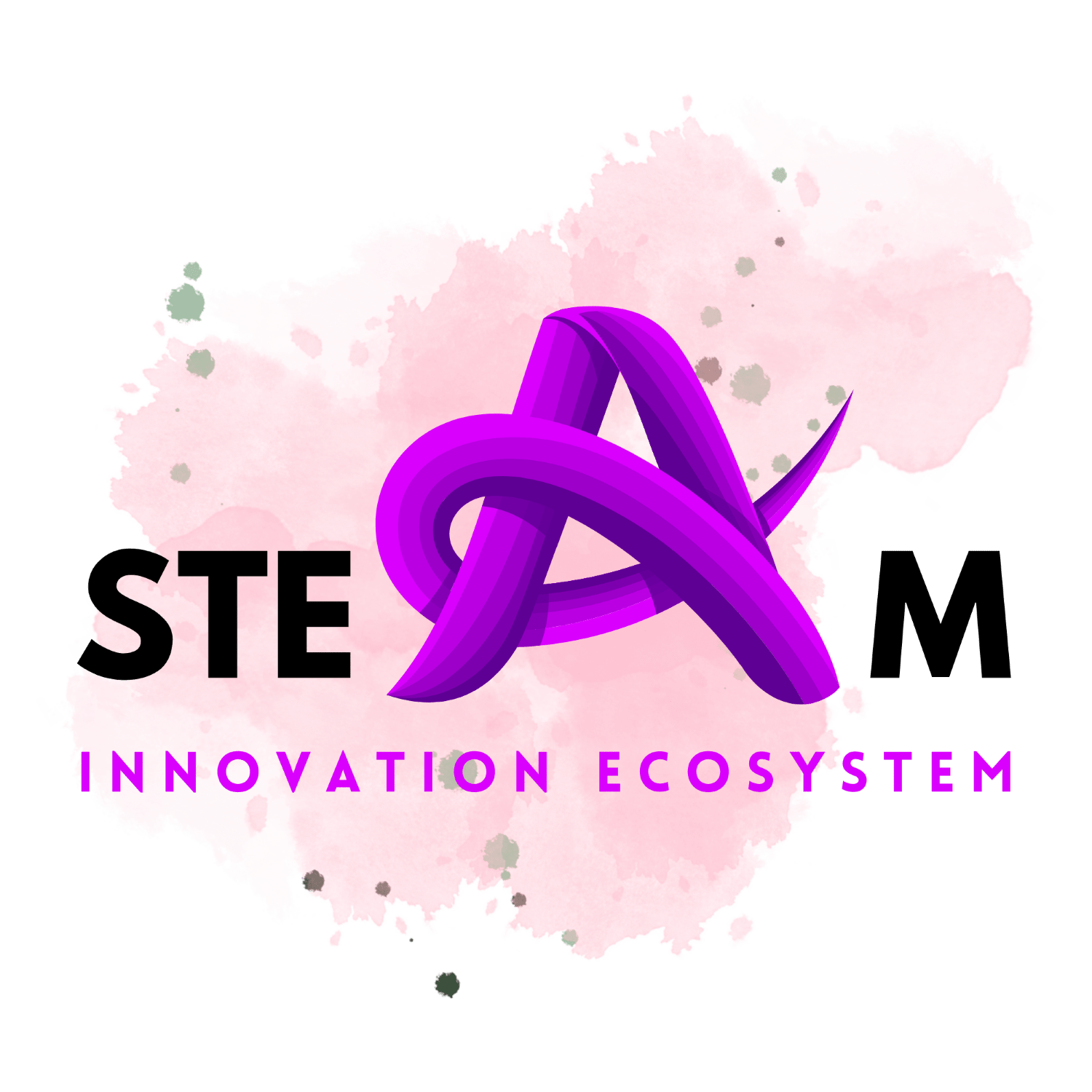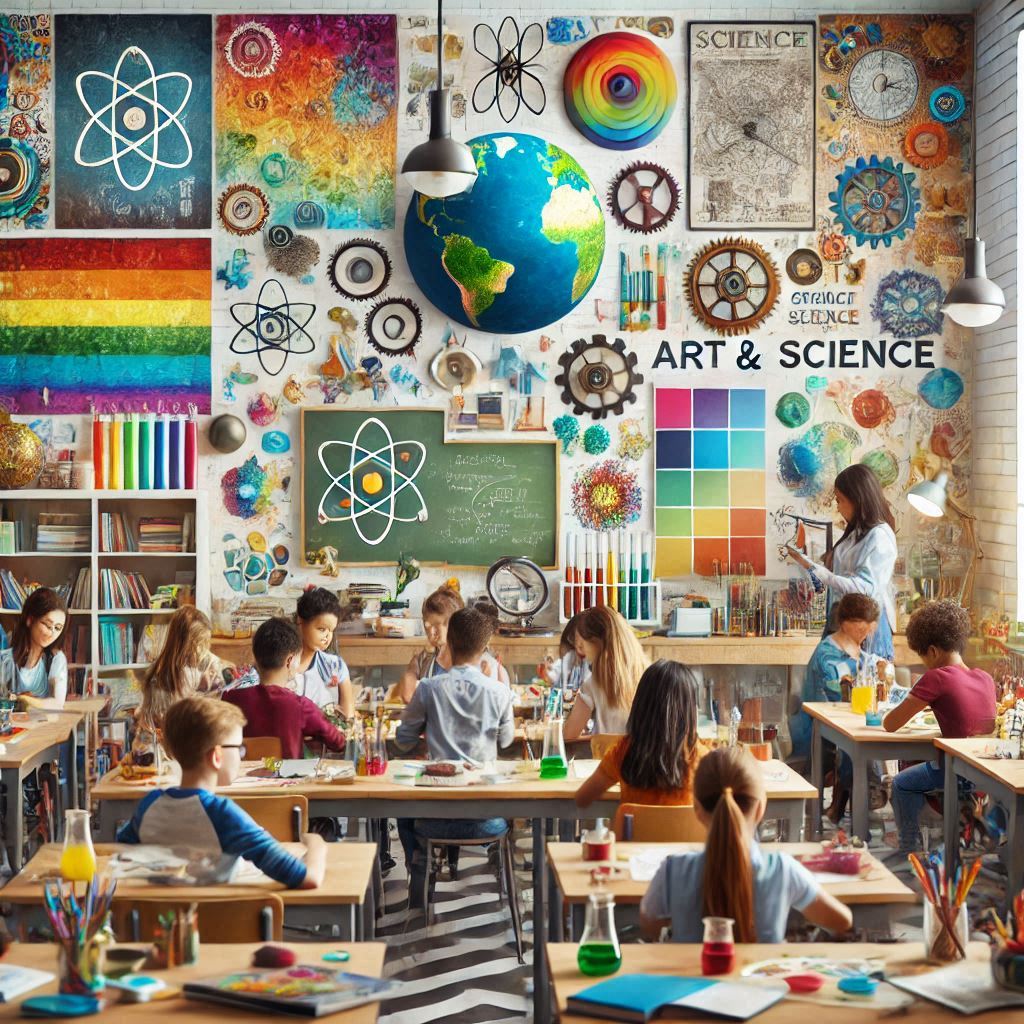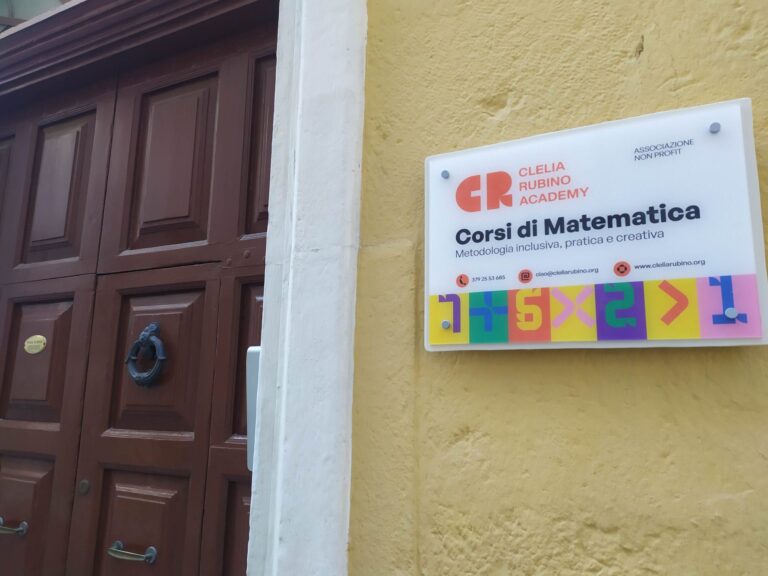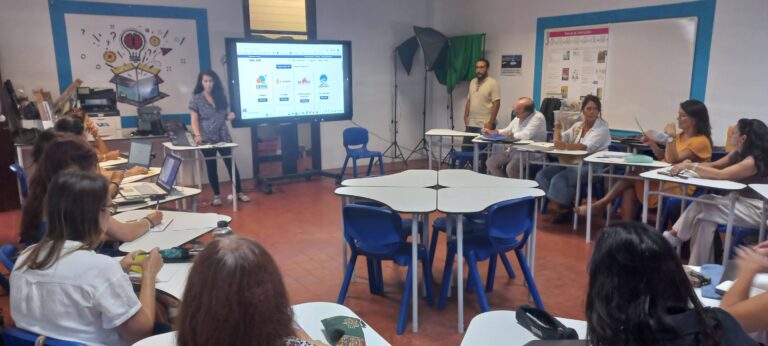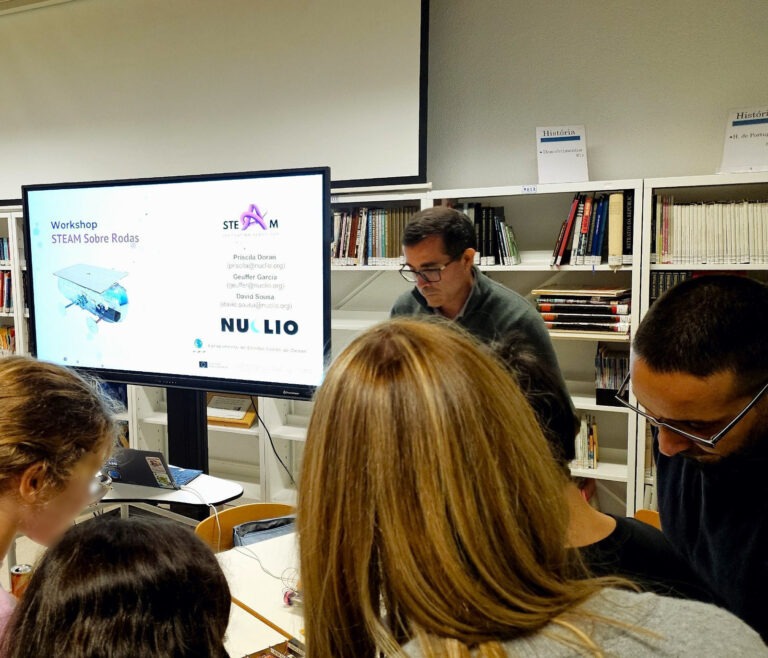Nurturing Creative Synergies for Future Challenges
In the landscape of modern European education, a vibrant thread is being woven at the intersection of arts and sciences. As Europe navigates the challenges and opportunities presented by economic, social, and ecological transitions, the call for an educational renaissance has never been more pressing. The STEAM (Science, Technology, Engineering, Arts, and Mathematics) approach to education responds to this call by blending the analytical rigor of STEM with the creative insights of the arts, fostering a generation of learners equipped for the complexities of the future. The STEAM Innovation project acknowledges that the competencies required by tomorrow’s professionals extend beyond the conventional. The arts and sciences, once perceived as divergent paths, are now converging to cultivate a holistic skill set in students.
The STEAM Innovation project will contribute to developing creative students, teachers, and pedagogies. We rely on the notion that students create wisely and humanely, and that cyclical developments occur between their creativity and their identity as they generate new ideas. This in turn transforms them as ‘makers’ – they are developing or ‘becoming’ themselves. Small changes contribute to ‘journeys of becoming’. These are embedded within an ethical awareness of the impact of creative actions on the group. Through this process small-scale creative changes or ‘quiet revolutions’ can take place for the group as a whole (Craft et al., 2016).
The project envisages using the arts as a medium to articulate complex scientific concepts, particularly those relating to environmental stewardship (Chapin et al., 2010) and climate change. The project will empower participants, especially those from marginalized backgrounds, students with fewer opportunities to learning, and underrepresented groups in the STEM sector, by giving them a platform to express their unique cultural identities and perspectives. This expression through creative STEAM activities will assist in breaking down barriers, challenging stereotypes, and enhancing a sense of belonging and community. Furthermore, the project aims to transform the role of student in the learning process, shifting from passive recipients to active creators of knowledge. Through mentorship and collaboration with professionals across various fields, young learners will gain practical insights and develop solutions that integrate scientific understanding with artistic practice.
Through the project, we aim to create an environment where young learners, specifically those in the age groups of upper primary (9-12 years) and secondary (13-18 years) education, immerse themselves in the methodologies of science while simultaneously exploring the rich tapestry of artistic expression. This approach will be enriched by integrating elements of cultural heritage, encouraging a dialogical relationship among these traditionally disparate disciplines. The inclusion of cultural heritage in STEAM learning, has the potential to deepen the learners’ understanding and appreciation of their own and others’ cultures but also provides a contextual backdrop, enhancing the interconnectedness of science, arts, and human history. This holistic educational model is designed to cultivate critical thinking, creativity, and a profound respect for cultural diversity, equipping students to contribute thoughtfully to the global community.
Specifically, the proposed project envisages the creation of a pedagogical framework and an educational program that facilitate the articulation of scientific phenomena through artistic mediums and methods, such as theatrical dramatization, musical composition, and the development of artistic crafts through making and tinkering processes in Makerspaces. This program will be particularly invested in the hands-on production of novel artistic artifacts and artworks by students, which can be showcased within local communities, and transnationally, thereby fostering a tangible connection between the learners’ creations and their cultural environment.
The project specific objectives are the following:
- To create a comprehensive educational framework that integrates STEAM with a strong emphasis on cultural heritage appreciation, and awareness raising on sustainable development through cultural activities.
- To design, develop and pilot test an inclusive educational program for teaching STEAM in innovative ways through music, theatre, and makerspace activities, while reflecting cultural contexts and environmental concerns.
- To equip students with essential skills such as critical thinking, problem-solving, creativity, collaboration, and communication, and to deepen their understanding and appreciation of various cultural heritages and their influence on science and art.
- To among students by providing them with opportunities to develop inspire and cultivate entrepreneurial thinking and innovation and refine their ideas from inception to realization.
- To facilitate the creation and dissemination of student-driven productions that encapsulate STEAM principles, demonstrating the practical application of their learning and promoting the exchange of cultural and scientific insights within the broader community.
The project will be realised in the next 2 years (until September 2026) in 4 countries (Greece, Cyprus, Italy and Portugal) from the following institutions:
- Science View, Greece (Coordinator)
- Inquirium, Cyprus
- NUCLIO, Portugal
- Materahub, Italy
